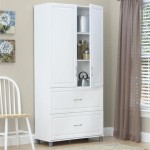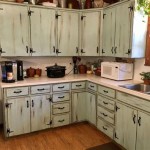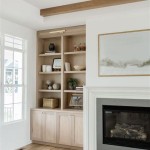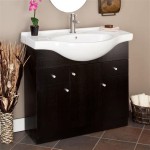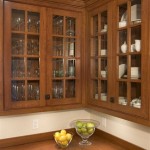Cabinet door pads are an essential component of any kitchen or bathroom renovation, as they provide a protective barrier between the cabinet doors and the wall, floor, and countertop surfaces. Cabinet door pads are also known as bumpers, stoppers, or buffers. They are typically made of rubber, plastic, or felt, and can come in various shapes, sizes, and colors.
Cabinet door pads are an inexpensive way to protect your surfaces from scratches and dents. They are also an effective way to reduce noise and vibration from cabinet doors slamming shut. Installing cabinet door pads is a relatively simple process that can be completed in a matter of minutes.
When choosing cabinet door pads, the most important factor to consider is the size of the cabinet doors. It is important to choose pads that fit the exact size of the cabinet doors, as this will ensure that the pads provide the best protection. To determine the size of the cabinet doors, measure the width and height of the doors and use this information to select the right size of pads.
In addition to the size of the cabinet doors, it is also important to consider the type of material used in the pads. Rubber and plastic are the most common materials used in cabinet door pads, but felt is also an option. Rubber and plastic pads are more durable and provide the best protection, while felt pads can help reduce noise and vibration.
When installing cabinet door pads, it is important to take the time to make sure that the pads are properly fitted. Start by positioning the pads on the cabinet doors and marking their positions with a pencil or marker. Then, use a drill to attach the pads to the cabinet doors. Make sure to use the correct type of screws for the material of the cabinet doors.
Once the cabinet door pads are installed, it is important to check them periodically to ensure that they are still securely attached. Over time, the pads may become loose and need to be tightened. You should also check the pads for signs of wear and tear, such as cracks or tears, and replace them as needed.
Cabinet door pads are an inexpensive and effective way to protect your surfaces from scratches and dents. They are also an effective way to reduce noise and vibration from cabinet doors slamming shut. Installing cabinet door pads is a relatively simple process that can be completed in a matter of minutes. With the right materials, tools, and knowledge, you can easily and effectively install cabinet door pads to protect your kitchen or bathroom surfaces.
![]()




![]()

![]()
![]()

Related Posts

